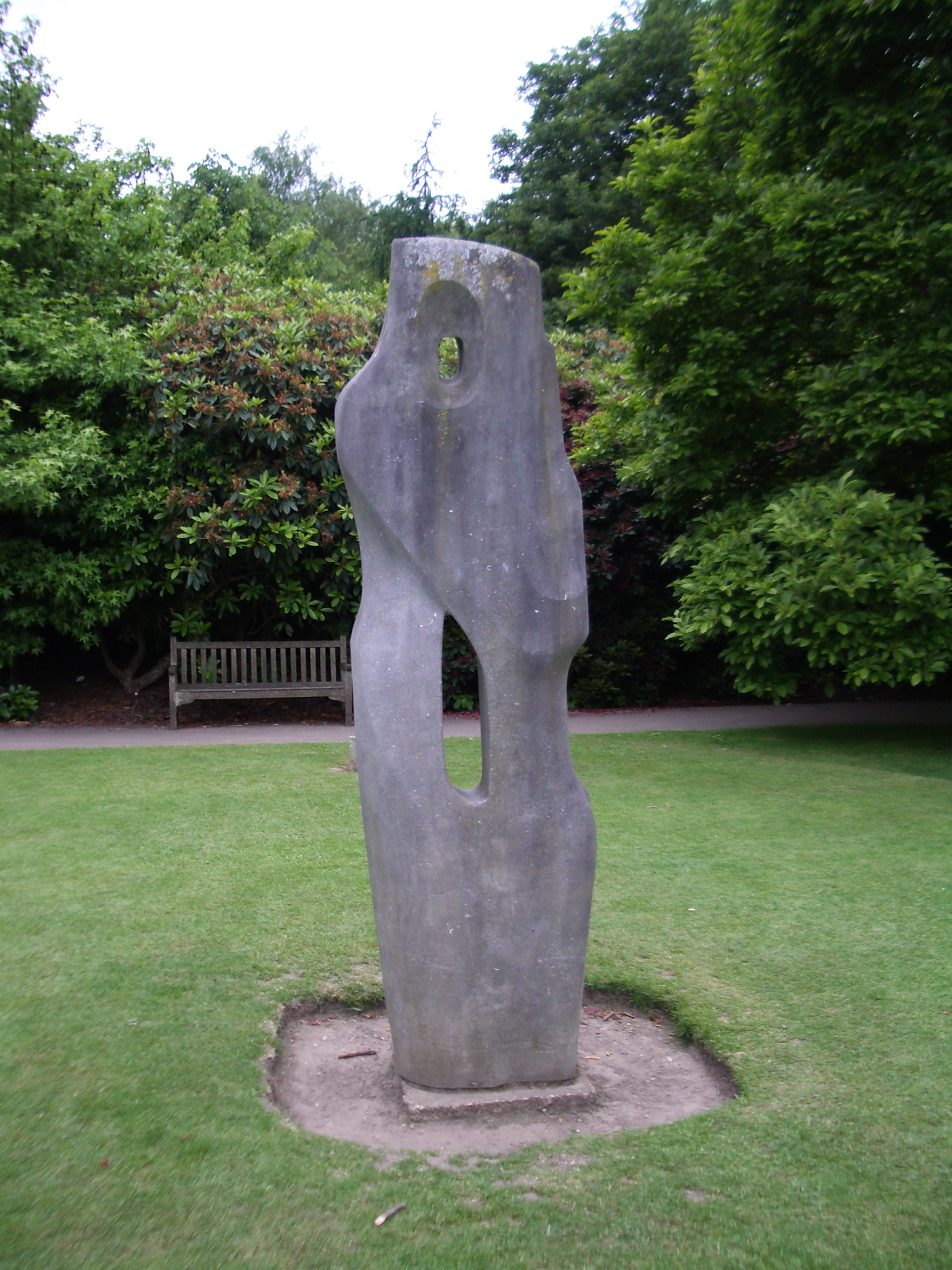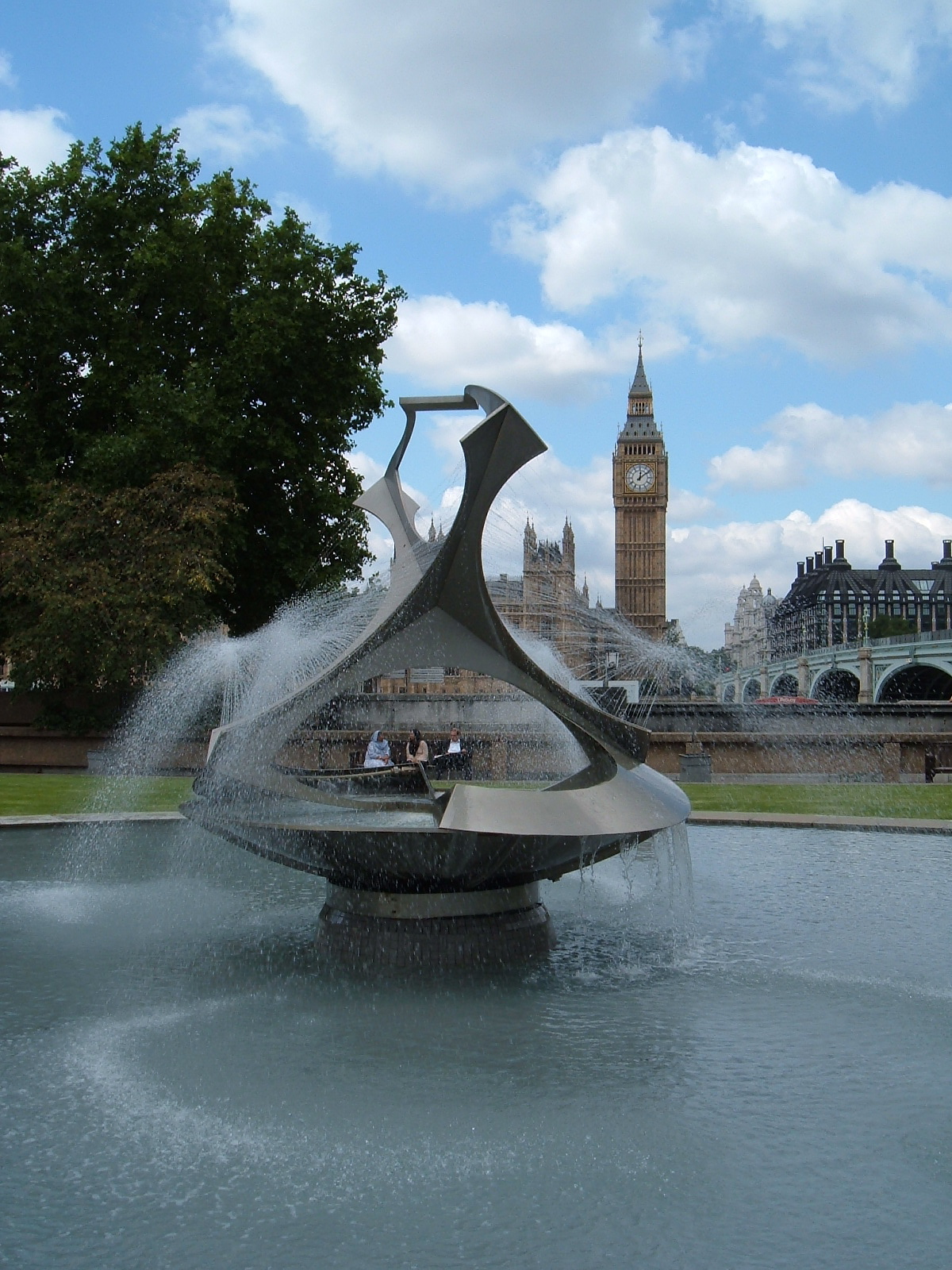|
Adrian Stokes (critic)
Adrian Durham Stokes (27 October 1902 – 15 December 1972) was a British art critic with a speciality in early Renaissance sculpture and the aesthetics of stone-carving. He helped to turn the traditional Cornish fishing-port of St. Ives into an internationally acclaimed centre of modern art. Early life Born on 27 October 1902 into a wealthy stockbroker family living in London, Adrian Stokes was the youngest of his parents' three children. After public school, Rugby, he studied philosophy at Magdalen College, Oxford, graduating, B.A. 1923, with second-class results in his examinations (excelling in philosophy but refusing to submit ancillary scripts in German and maths). Stokes then travelled around the world. He incorporated some of his resulting diary and reflections into his first book, '' The Thread of Ariadne'' (1925), publication of which led to his introduction to Osbert Sitwell, and to the art of Early Renaissance Italy and to the avant-garde creations of the Ball ... [...More Info...] [...Related Items...] OR: [Wikipedia] [Google] [Baidu] |
Adrian Scott Stokes
Charles Adrian Scott Stokes (23 December 1854 – 30 November 1935) was an English landscape painter. Born in Southport, Lancashire, he became a cotton broker in Liverpool, where his artistic talent was noticed by John Herbert RA, who advised him to submit his drawings to the Royal Academy. He entered the Royal Academy Schools in 1872 and exhibited at the Academy from 1876. Biography From 1876, travelling to Fontainebleau and Barbizon, he came under the influence of French ''plein air'' landscape painters including Jules Bastien-Lepage. He also painted genre works and portraits influenced by Frederic Leighton, John Everett Millais and Parisians such as Pascal Dagnan-Bouveret. In 1884, he married Austrian artist Marianne Preindlesberger (1855–1927). She became a well-known artist under her married name of Marianne Stokes. The couple spent the summers of 1885 and 1886 at Skagen in the far north of Denmark where there was an artists' colony which became known as the Skagen Pa ... [...More Info...] [...Related Items...] OR: [Wikipedia] [Google] [Baidu] |
Barbara Hepworth
Dame Jocelyn Barbara Hepworth (10 January 1903 – 20 May 1975) was an English artist and sculptor. Her work exemplifies Modernism and in particular modern sculpture. Along with artists such as Ben Nicholson and Naum Gabo, Hepworth was a leading figure in the colony of artists who resided in St Ives during the Second World War. Born in Wakefield, Yorkshire, Hepworth studied at Leeds School of Art and the Royal College of Art in the 1920s. She married the sculptor John Skeaping in 1925. In 1931 she fell in love with the painter Ben Nicholson, and in 1933 divorced Skeaping. At this time she was part of a circle of modern artists centred on Hampstead, London, and was one of the founders of the art movement Unit One. At the beginning of the Second World War, Hepworth and Nicholson moved to St. Ives, Cornwall, where she would remain for the rest of her life. Best known as a sculptor, Hepworth also produced drawings – including a series of sketches of operating rooms foll ... [...More Info...] [...Related Items...] OR: [Wikipedia] [Google] [Baidu] |
Ann Stokes
Ann Stokes or Ann Mellis (21 September 1922 – 21 April 2014) was a British and Scottish-born ceramic artist. Life Stokes was born on the east coast of Scotland at Gullane in 1922. She was born at the manse as her father was a Reverend. In 1939 her sister and her husband had moved to St Ives where they would establish a new artistic school. She went to live with her sister where she would meet some of the artists who became important to the new school. She also met her brother in law Adrian Stokes who was a writer and leading art critic. In 1946 her sisters marriage failed and the following year she married her ex-husband. This was illegal in Britain so they had to travel to Switzerland to find someone who was legally allowed to marry them. In 1957 she took up pottery and she studied the subject deeply, whilst presenting her work to friends as a hobby with an annual sale of work. Adrian died and after a number of years she remarried Ian Angus who was a librarian and an ex ... [...More Info...] [...Related Items...] OR: [Wikipedia] [Google] [Baidu] |
Home Guard (United Kingdom)
The Home Guard (initially Local Defence Volunteers or LDV) was an armed citizen militia supporting the British Army during the Second World War. Operational from 1940 to 1944, the Home Guard had 1.5 million local volunteers otherwise ineligible for military service, such as those who were too young or too old to join the regular armed services (regular military service was restricted to those aged 18 to 41) and those in reserved occupations. Excluding those already in the armed services, the civilian police or civil defence, approximately one in five men were volunteers. Their role was to act as a secondary defence force in case of invasion by the forces of Nazi Germany. The Home Guard were to try to slow down the advance of the enemy even by a few hours to give the regular troops time to regroup. They were also to defend key communication points and factories in rear areas against possible capture by paratroops or fifth columnists. A key purpose was to maintain control of the c ... [...More Info...] [...Related Items...] OR: [Wikipedia] [Google] [Baidu] |
World War II
World War II or the Second World War, often abbreviated as WWII or WW2, was a world war that lasted from 1939 to 1945. It involved the vast majority of the world's countries—including all of the great powers—forming two opposing military alliances: the Allies and the Axis powers. World War II was a total war that directly involved more than 100 million personnel from more than 30 countries. The major participants in the war threw their entire economic, industrial, and scientific capabilities behind the war effort, blurring the distinction between civilian and military resources. Aircraft played a major role in the conflict, enabling the strategic bombing of population centres and deploying the only two nuclear weapons ever used in war. World War II was by far the deadliest conflict in human history; it resulted in 70 to 85 million fatalities, mostly among civilians. Tens of millions died due to genocides (including the Holocaust), starvation, ma ... [...More Info...] [...Related Items...] OR: [Wikipedia] [Google] [Baidu] |
Naum Gabo
Naum Gabo, born Naum Neemia Pevsner (23 August 1977) (Hebrew: נחום נחמיה פבזנר), was an influential sculptor, theorist, and key figure in Russia's post-Revolution avant-garde and the subsequent development of twentieth-century sculpture.Tate GalleryNaum Gabo biography. Retrieved March 23, 2018./ref> His work combined geometric abstraction with a dynamic organization of form in small reliefs and constructions, monumental public sculpture and pioneering kinetic works that assimilated new materials such as nylon, wire, lucite and semi-transparent materials, glass and metal. Responding to the scientific and political revolutions of his age, Gabo led an eventful and peripatetic life, moving to Berlin, Paris, Oslo, Moscow, London, and finally the United States, and within the circles of the major avant-garde movements of the day, including Cubism, Futurism, Constructivism, the Bauhaus, de Stijl and the Abstraction-Création group.Hammer, Martin and Naum Gabo, Christina Lo ... [...More Info...] [...Related Items...] OR: [Wikipedia] [Google] [Baidu] |
Telfer Stokes
Telfer Stokes (born 1940) is a Scottish artist and publisher. The son of Margaret Mellis and Adrian Stokes, he was born in St Ives and studied at the Slade School of Fine Art. He pursued postgraduate studies at the Brooklyn Museum Art School after being awarded a Beckmann Fellowship. He taught at Reading Art School and the Bath Academy in Corsham and exhibited his paintings in London, including a show at the Serpentine Gallery. In 1971, Stokes founded publishing firm Weproductions, which produced artist's books; from 1974, he operated in partnership with Helen Douglas. In 2002, Stokes moved to East Anglia to care for his mother. He redirected his focus to sculpture, which he exhibited at the Kettle's Yard Kettle's Yard is an art gallery and house in Cambridge, England. The director of the art gallery is Andrew Nairne. Both the house and gallery reopened in February 2018 after an expansion of the facilities. Kettle's Yard galleries, shop and caf ... open house in 2008 a ... [...More Info...] [...Related Items...] OR: [Wikipedia] [Google] [Baidu] |
Carbis Bay
Carbis Bay (Cornish: ''Karrbons'', meaning "causeway") is a seaside resort and village in Cornwall, England. It lies southeast of St Ives, on the western coast of St Ives Bay, on the Atlantic coast. The South West Coast Path passes above the beach. Geography Carbis Bay is almost contiguous with the town of St Ives and is in St Ives civil parish (part of the area served by St Ives Town Council), which encompasses St Ives, Carbis Bay, Lelant and Halsetown. The 2001 census gave the combined population of Carbis Bay and Lelant as 3,482. Lelant, an older settlement which is one mile to the south-east, Carbis Bay and St Ives are linked by the A3074 road which joins the A30 at Rose-an-Grouse. Carbis Bay railway station, above the beach, is one of five railway stations on the St Ives Bay Line which joins the mainline at St Erth railway station, which is also at Rose-an-Grouse. St Erth station is the junction for the main line to London Paddington. Carbis Bay overlooks the small ... [...More Info...] [...Related Items...] OR: [Wikipedia] [Google] [Baidu] |
Margaret Mellis
Margaret Nairne Mellis (22 January 1914 – 17 March 2009) was a Scotland, Scottish artist, one of the early members and last survivors of the group of modernist artists that gathered in St Ives, Cornwall, St Ives, in Cornwall, in the 1940s. She and her first husband, Adrian Stokes (critic), Adrian Stokes, played an important role in the rise of St Ives as a magnet for artists. She later married Francis Davison, also an artist, and became a mentor to the young Damien Hirst. Life Mellis was born in Wukingfu (Wujingfu), Swatow, China, where her father was a Presbyterian missionary. Her family returned to East Lothian when she was one year old, shortly after the First World War broke out, so her father David Barclay Mellis-Smith could join up. Abandoning an initial interest in music, she studied at Edinburgh College of Art from 1930 to 1934 under the Scottish Colourist Samuel Peploe and the landscape painters William Gillies and John Maxwell (artist), John Maxwell, alongside Wilhel ... [...More Info...] [...Related Items...] OR: [Wikipedia] [Google] [Baidu] |
Russian Ballets
Russian(s) refers to anything related to Russia, including: *Russians (, ''russkiye''), an ethnic group of the East Slavic peoples, primarily living in Russia and neighboring countries *Rossiyane (), Russian language term for all citizens and people of Russia, regardless of ethnicity *Russophone, Russian-speaking person (, ''russkogovoryashchy'', ''russkoyazychny'') *Russian language, the most widely spoken of the Slavic languages *Russian alphabet *Russian cuisine *Russian culture *Russian studies Russian may also refer to: *Russian dressing *''The Russians'', a book by Hedrick Smith *Russian (comics), fictional Marvel Comics supervillain from ''The Punisher'' series *Russian (solitaire), a card game * "Russians" (song), from the album ''The Dream of the Blue Turtles'' by Sting *"Russian", from the album ''Tubular Bells 2003'' by Mike Oldfield *"Russian", from the album '' '' by Caravan Palace *Nik Russian, the perpetrator of a con committed in 2002 *The South African name for a ... [...More Info...] [...Related Items...] OR: [Wikipedia] [Google] [Baidu] |


_after_a_Church_Parade_at_Llandyssil_Parish_Church_(1501745)2.jpg)


